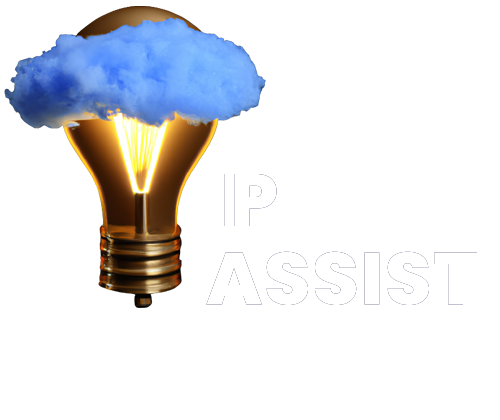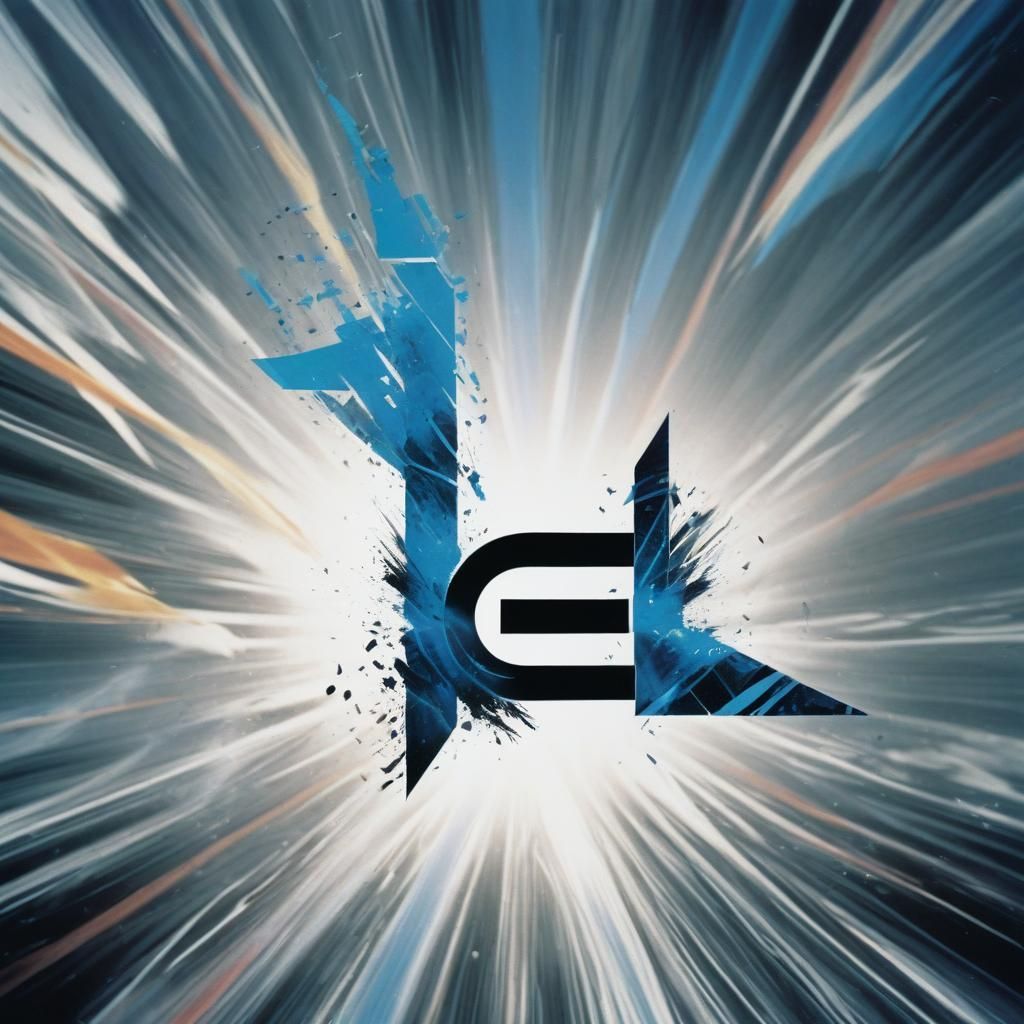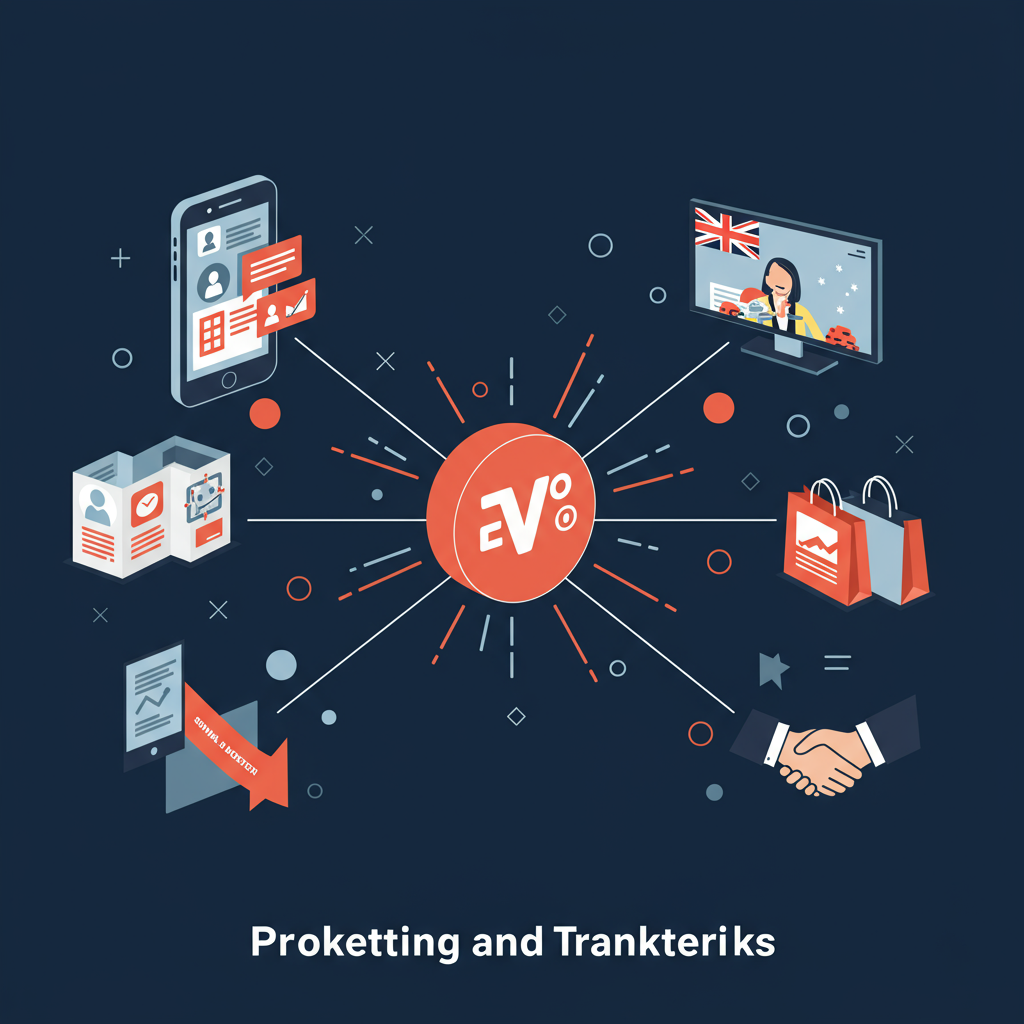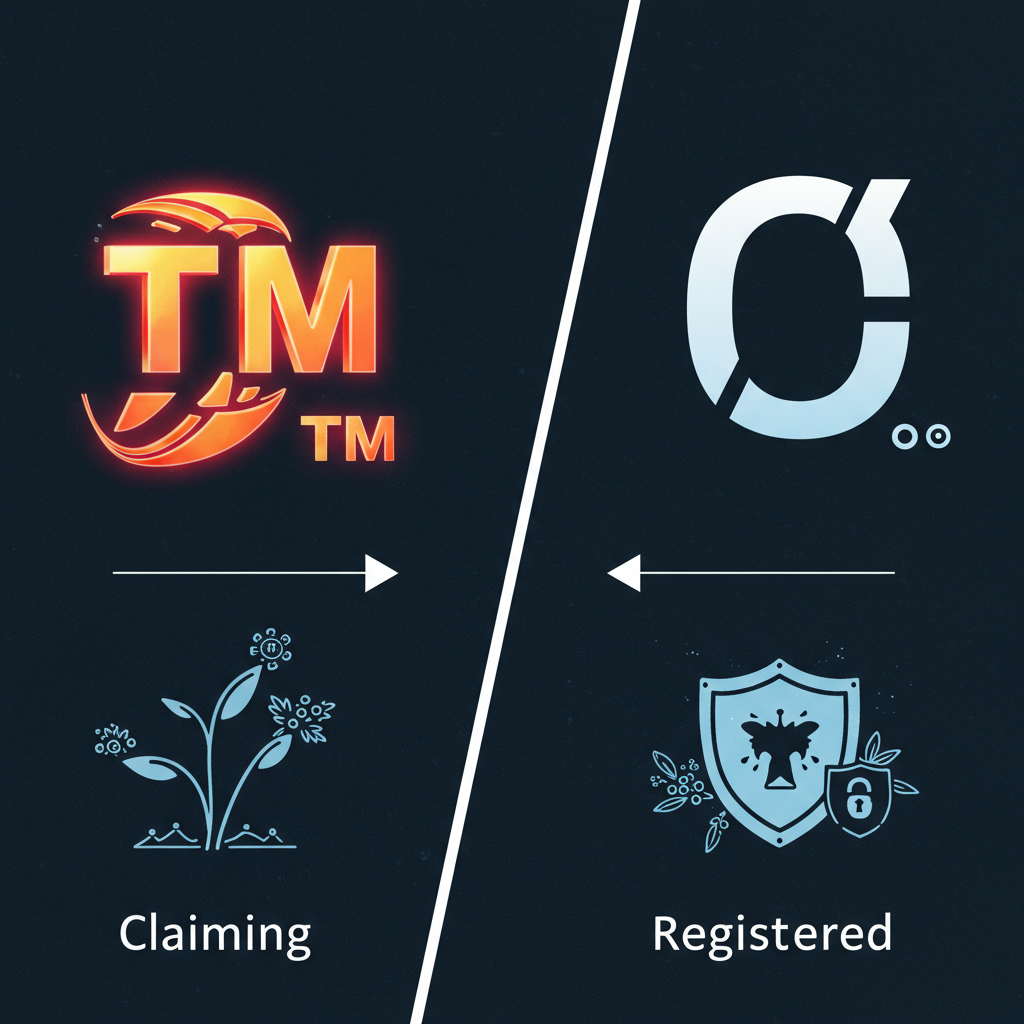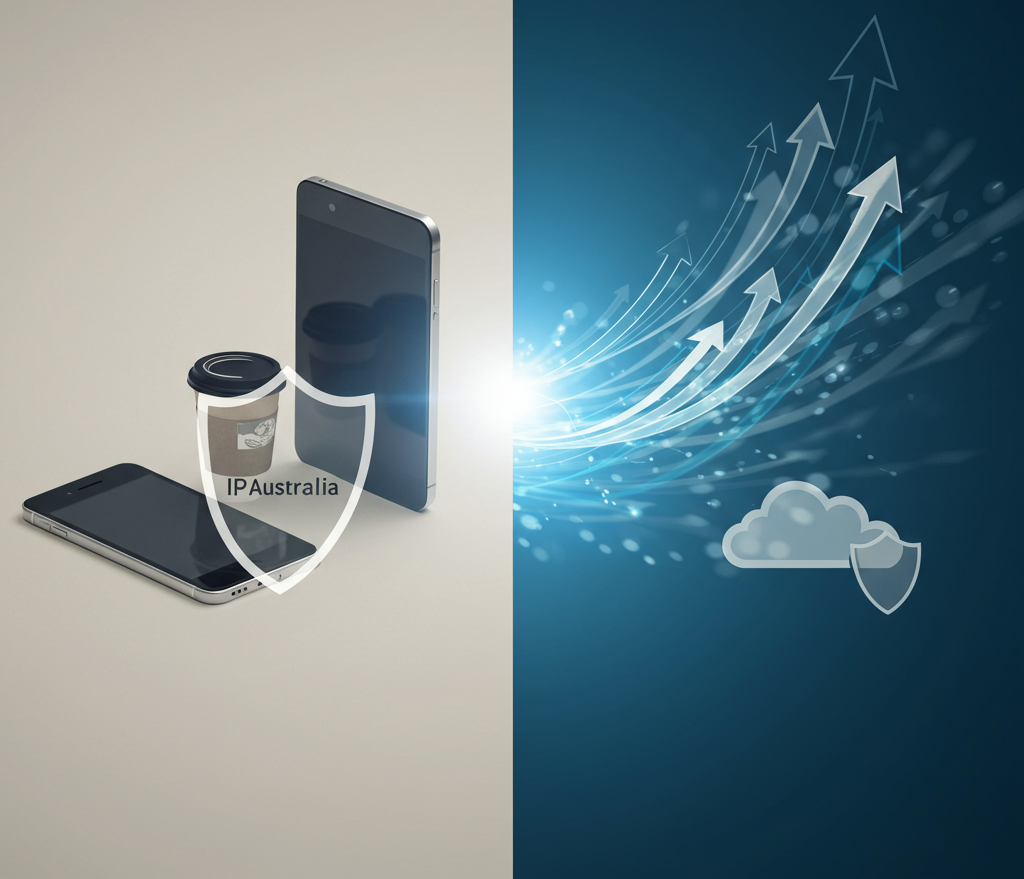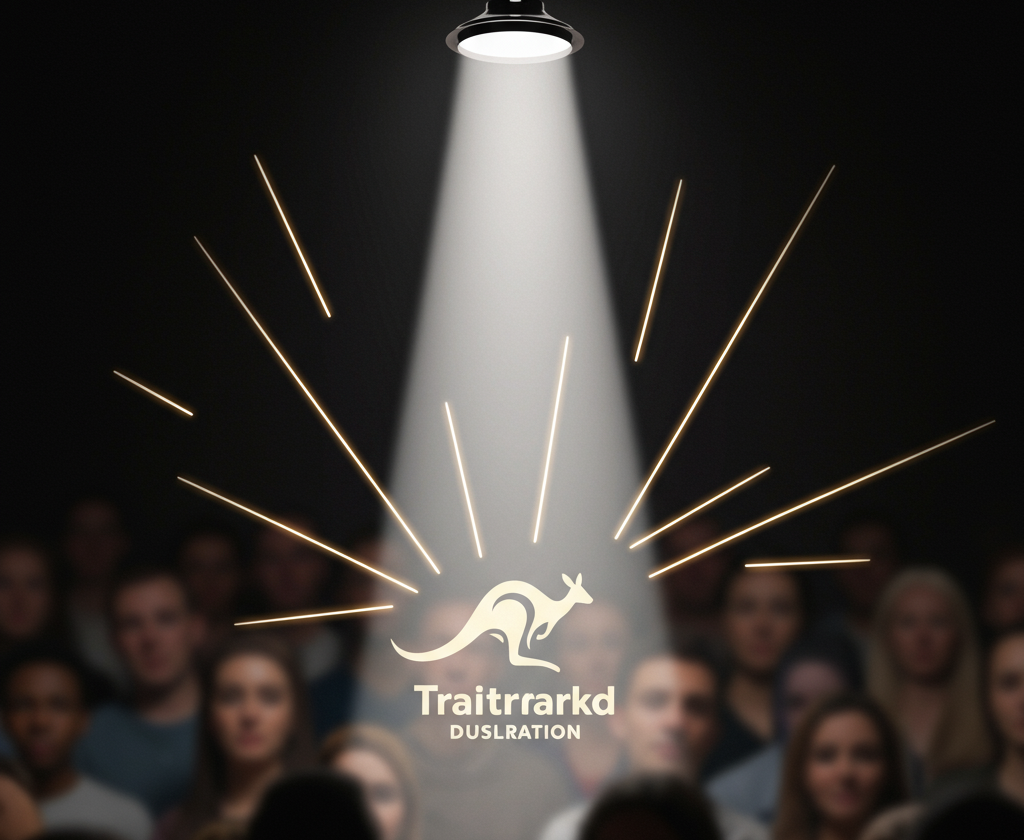Brand Power Decoding the Secrets of Famous Trademarks
The Golden Ticket: What Makes a Trademark Truly Famous?
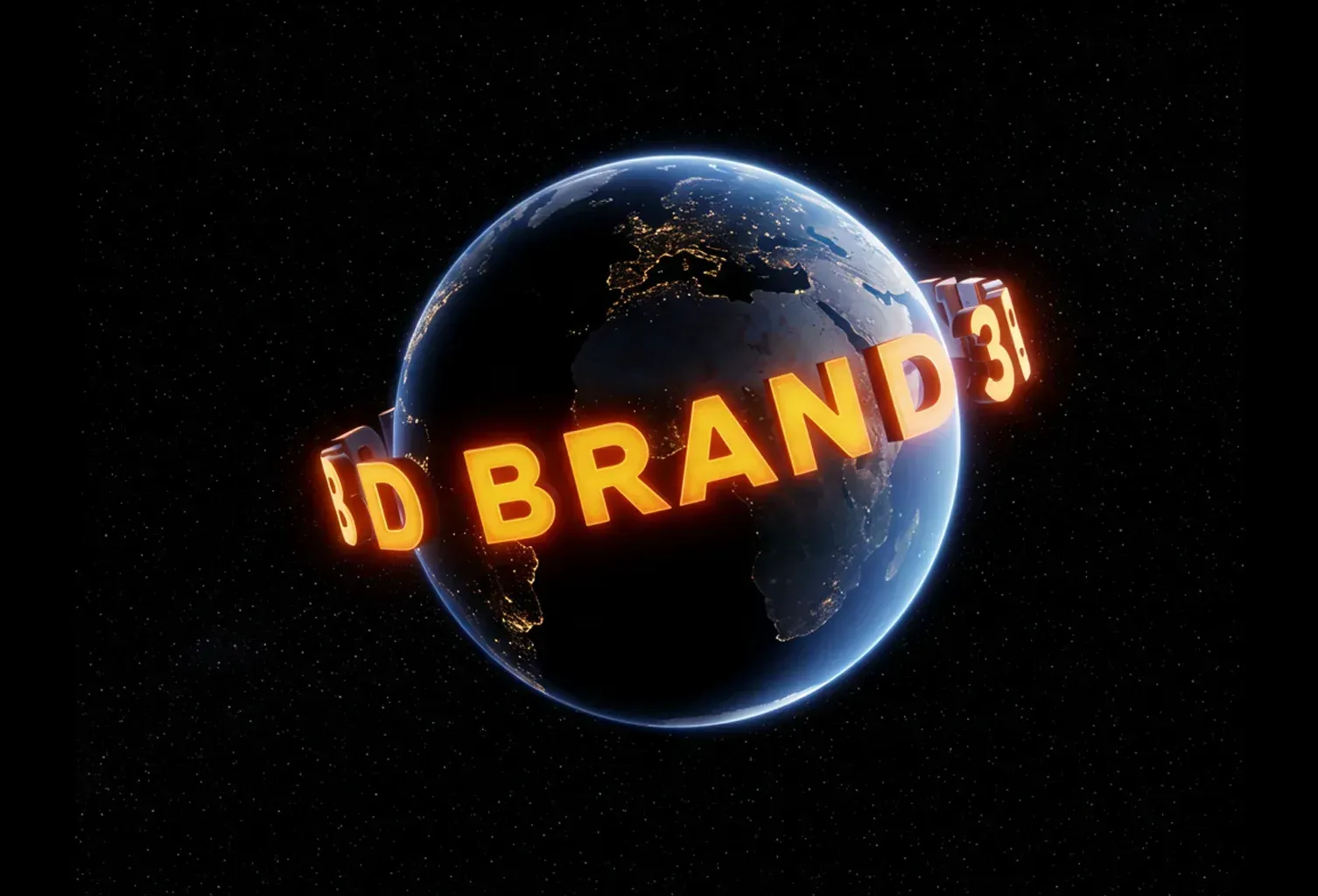
In the wild world of business, a brand's identity is its battle cry, its flag in the sand. And right there, front and centre, is the trademark. It's more than just a logo or a name; it's the essence of what a company stands for. But what elevates a regular trademark to legendary status? What makes names like Apple, Nike, and Coca-Cola instantly recognisable across the globe? Let's crack the code on these branding behemoths.
The Golden Ticket: What Makes a Trademark Truly Famous?
Not all trademarks are created equal. Some just have that oomph, that staying power that etches them into the global consciousness. Here are the key ingredients in the secret sauce of trademark fame:
- Widespread Consumer Recognition: Everyone, from your tech-savvy teenager to your grandma, knows the name or logo. It's ingrained in popular culture.
- Long-Standing Use in Commerce: These trademarks haven't just popped up overnight. They've been slugging it out in the marketplace for years, building recognition and trust.
- Global Presence and Influence: They're not just local heroes. These trademarks have a footprint that spans continents, influencing markets and consumer behaviour worldwide.
- Legal Protections Against Dilution: They've got a legal fortress around them, fiercely protected against anyone trying to ride on their coattails or tarnish their reputation.
Iconic Trademarks: A Look Across the Playing Field
A. Famous Trademarks in Technology
Apple®: That bitten apple logo? Instantly recognisable. It represents innovation, sleek design, and a loyal following. Their product branding is just as powerful, think 'iPhone' or 'MacBook'. 🍎
Microsoft®: From the simple word mark to the Windows logo, Microsoft's branding is synonymous with the digital age, powering homes and businesses globally. 💻
Google®: So ingrained in our vocabulary, it's become a verb! 'Just Google it' – that's the power of a truly famous brand name, backed by a colourful and playful logo. 🌐
B. Famous Trademarks in Fashion & Retail
Nike®: That swoosh. Just a simple tick, but it screams athleticism, aspiration, and quality. And who hasn't heard their punchy slogan, 'Just Do It'®? ✔️
Louis Vuitton®: Those interlocking 'LV's and the distinctive monogram pattern are a global symbol of luxury and high fashion. You see it, you know it's premium. 👜
Coca-Cola®: The script logo and that iconic contoured bottle? Timeless. It evokes a sense of nostalgia and refreshment that spans generations. 🥤
C. Famous Trademarks in Fast Food & Beverages
McDonald’s®: The golden arches. Whether you're in Sydney or Seattle, those yellow M's mean burgers and fries. And their 'I'm Lovin' It'® jingle? Catchy as! 🍔🍟
Starbucks®: That green mermaid. A symbol of your daily caffeine fix and a global meeting place. You recognise that logo anywhere for a quality brew. ☕
Red Bull®: 'Gives You Wings'®. That slogan, paired with their distinctive colours, has made them a heavyweight in the energy drink market. They've built a brand on a promise of energy and adventure. ⚡
D. Famous Trademarks in Entertainment & Media
Disney®: The silhouette of Mickey Mouse's ears and that fairytale castle logo? Pure magic. They represent childhood wonder and timeless storytelling. 🏰
Warner Bros.®: That shield logo has been a hallmark of blockbuster entertainment for decades, instantly signalling quality films and iconic characters. 🎬
Netflix®: That simple red 'N' and their distinctive brand colour are now synonymous with streaming entertainment, a global disruptor that changed how we watch movies and shows. 📺
Fort Knox Branding: How Famous Trademarks Stay Protected
Becoming a famous trademark is one thing, staying that way requires serious legal muscle:
- Trademark Dilution Protection: This goes beyond preventing direct copycats. It stops others from using similar marks that could weaken or blur the distinctiveness of the famous mark.
- Legal Battles Over Unauthorized Use: These brand titans aren't afraid to go to court to defend their turf against infringement. Think of it as a legal sumo smackdown! ⚖️
- International Trademark Enforcement: With a global presence comes the need for worldwide protection, navigating different legal systems to safeguard their brand in every corner of the earth.
The Million-Dollar Question: The Impact on Brand Value
These famous trademarks aren't just pretty logos; they're serious assets that fuel business success:
- Brand Recognition = Business Success: Instant recognition translates to customer trust and loyalty, driving sales and market share.
- Trademarks: The Foundation of Consumer Trust: A strong, protected trademark signals quality and reliability, making consumers more likely to choose that brand.
When Brands Collide: Controversies and Trademark Battles
Even the biggest players aren't immune to a bit of legal argy-bargy:
- Disputes Over Similar Branding: Remember the dust-up between Apple and Prepear (a fruit-themed app with a pear logo)? Even seemingly different brands can clash over visual similarities.
- Trademark Infringement Lawsuits: Major brands are constantly vigilant, taking legal action against those who try to profit from their hard-earned reputation.
The Bottom Line: Why Trademarks Reign Supreme
For any business aiming for global impact, a strong and legally protected trademark isn't just important – it's essential. These famous examples show us the power of a well-crafted and fiercely defended brand identity. The lessons are clear: invest in your brand, protect your trademark like gold, and you too could build a lasting legacy. 💡
